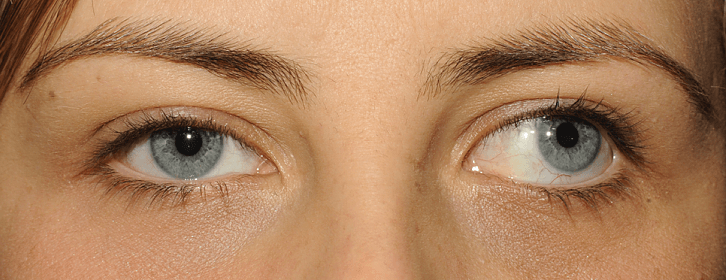What is Eye Squint?
Squinting, also known medically as strabismus, is a condition where one’s eyes are turned in opposite directions. So, what is squinting? It occurs when the eyes are not properly aligned, causing them to point in different directions. People with squinted eyes may experience issues with depth perception or double vision. Although it can happen to anyone at any age, it most frequently affects young children. A common misconception is that squint is untreatable once it has developed. However, despite popular belief, correcting eyes is possible at any age.
How does Squint Affect a Person?
Squinting occurs when the eyes are not pointed in the same direction, Squinting eyes can affect just one eye, both eyes, or neither eye at all times. Sometimes the squinting will turn up or down, and sometimes it will converge or diverge.
What are the Primary Causes of Squint?
Squint can be caused by a number of different issues, including muscle imbalance, refractive error, childhood illness, and nerve palsy.
- Some children have a squint from birth, though it may not become noticeable for a few weeks. It’s possible that this runs deep in the family. Early evaluation of the infant is required if squint is suspected.
- Pseudo squint occurs when the eyes appear misaligned but do not actually have the squint because of a wide gap between the eyes or a flat nose bridge.
- Hypermetropia, or long sight, causes a child to strain to focus, which can lead to double vision. To prevent this, the child will subconsciously suppress the image in one eye, leading them to stop using that eye altogether. If untreated, the deviation progresses to laziness of the eye.
- Viral fever, measles, meningitis, and other childhood illnesses can also cause squint.
- Damage to the nervous system
- Hereditary
Is Squint Just An Aesthetic Issue?
No! In most cases squint results in blurred or double vision. If you lose the ability to coordinate your eyes, you may have trouble seeing in the distance and lose some peripheral vision.
How is Squint Diagnosed?
Different orthoptics tests are used to evaluate it with the intent of:
- Determine the extent and cause of the squint.
- Check the refraction to see how well a patient suffering from squint can see.
- The Binocular Vision Test
- Viewing the fundus and noting the fixation pattern
Possible Treatments of Childhood Squint
It is crucial to take into account the child’s vision and fixation pattern in both eyes when determining the type of squint. The prescription strength of his glasses and the severity of his squint will be monitored as he develops. Squints that cannot be remedied with glasses can be treated surgically.
What to expect after a Squint Surgery?
It’s an outpatient procedure that can be completed in a single day. The eye pad is taken off the following day, and over the next few weeks, eye drops will be put in the affected eye a few times. The operation is performed externally and there is no danger to the eyes. In most cases, external sutures are absorbable and can dissolve on their own. After a few days, the person is ready to return to work.
Conclusion
Since correcting squint is now entirely possible, seeing a trained eye care professional like Dr. Devanshi Shah at Deevine Eye Care in Ghatkopar, Mumbai to diagnose and treat any underlying factors causing your squinting would be the quickest and most efficient option.

